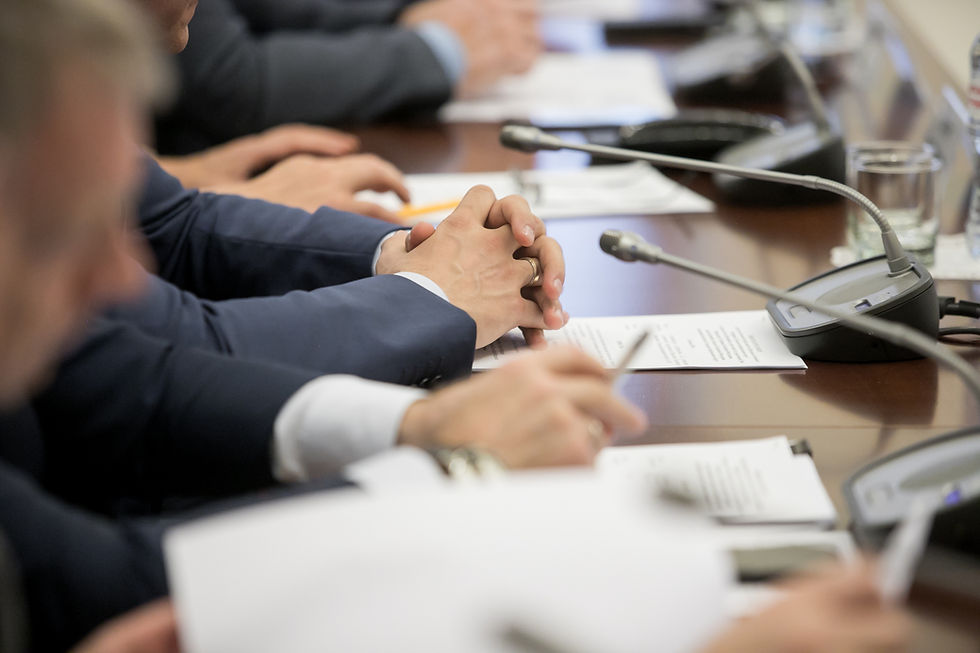Saving Earth with Sustainable Products
- Seaside IT
- Dec 16, 2021
- 2 min read
Updated: Dec 23, 2021
It is no secret that plastic usage has dramatically increased over the years, and plastic waste has accumulated both on land and in the ocean. According to Cózar et al. (2014), there is anywhere from 7,000 to 35,000 tons of plastic floating in the ocean — and that is just on the surface! While plastic has become a convenient commodity, it is but a short-term benefit compared to the lasting effects plastic has on the planet. Many single-use plastics find their way into the ocean which impacts all marine life. Single-use plastics have become popularized and manufactured by large companies at such a high rate. And although it is not necessarily the consumer’s fault for the large quantities of plastic produced, we can always do our part to lessen our usage of plastic.
Sarah Richard is the founder of the group Girls that Scuba, and as part of their “Ocean Stories” series for Dive Ninja Expeditions, Richard provides insight on plastic-free alternatives for ordinary products we use everyday. Many people have made the switch to reusable water bottles and cups, which is a step in the right direction. But there are many other products that can be replaced with sustainable alternatives, too! Richard lists just a few ways we can help lower our plastic use and these include using products such as biodegradable and plastic-free hair bands, reusable cotton wraps for food, reusable tea bags, and reusable razors. In many cases, the presence of plastic in these everyday items may be subtle, but Richard explains how the thin layers of plastic that coat these products will break down into microplastics when disposed of and ultimately end up in the ocean. This not only affects marine life, but humans as well, especially if we are consuming seafood that are ingesting these microplastics. Even though these products listed above are not the primary culprit in ocean pollution, simple changes to plastic-free products can still have a positive influence on minimizing the amount of plastic flowing into our oceans.
At Seaside Sustainability, we aim to preserve and restore the world’s oceans. On the Marine Science and Education team, one of our main goals is to reduce our use of single-use plastics and educate others about sustainable living on a local and national level. Even small-scale actions, such as switching to reusable and biodegradable products, can have a significant impact on protecting the planet. It may seem like a daunting task to take on plastic and waste removal from the ocean, and while we may not be able to remove all of it, we can limit the amount of plastic we use on a daily basis and hopefully mitigate the amount going into the ocean.
References
Cózar, A., Echevarría, F., González-Gordillo, J. I., Irigoien, X., Úbeda, B., Hernández-León, S., Palma, Á. T., Navarro, S., García-de-Lomas, J., Ruiz, A., Fernández-de-Puelles, M. L., & Duarte, C. M. (2014). Plastic debris in the open ocean. Proceedings of the National Academy of Sciences of the United States of America, 111(28), 10239–10244. http://www.jstor.org/stable/23805735
Richard, S. (2021). Simple sustainable product swaps to save the ocean with Sarah Richard - Ocean stories episode 43. YouTube. Retrieved November 30, 2021, from https://www.youtube.com/watch?v=aD3KpGgPDU4.



